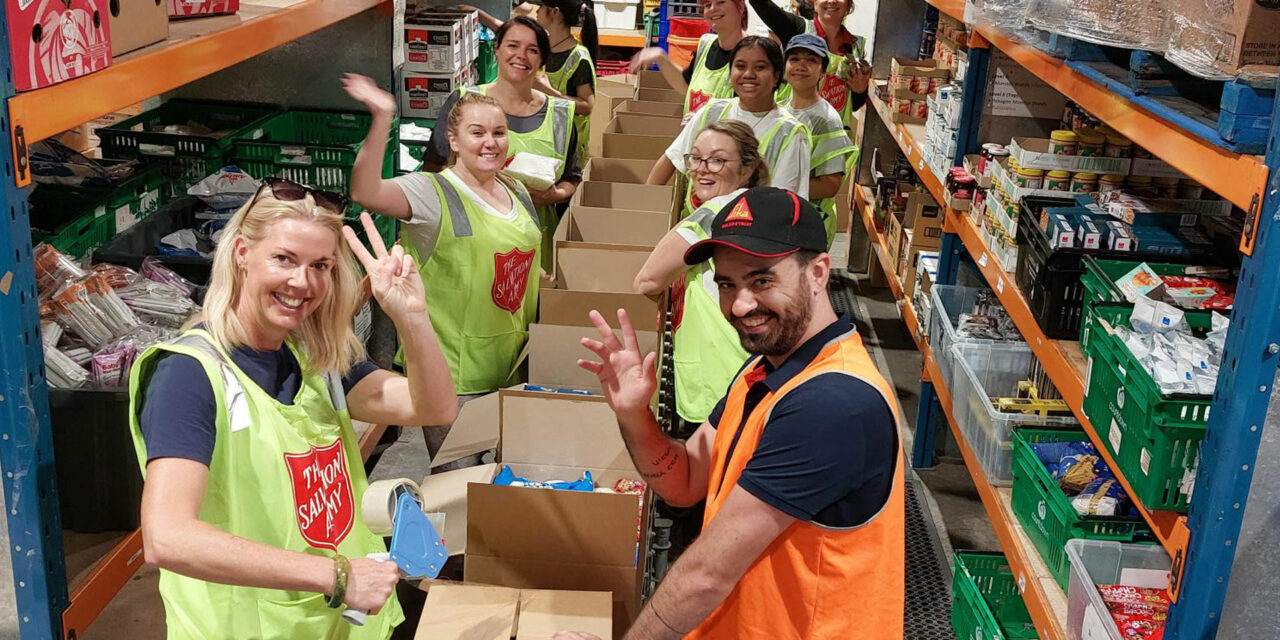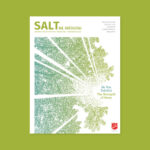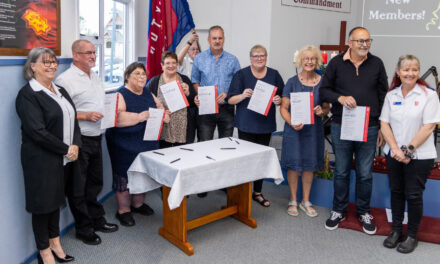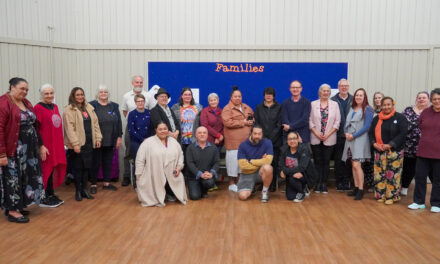
Salvation Army Response to Cyclone Gabrielle

When Cyclone Gabrielle hit New Zealand in February, The Salvation Army quickly activated its emergency network to support people caught up in the disaster. War Cry reporter David Youngmeyer spoke to some of The Salvation Army team involved in the immediate and ongoing response.
As Cyclone Gabrielle swept across the upper North Island, the East Coast and Hawke’s Bay were particularly hard hit. Flood waters rose, houses were buried in silt, vehicles were tossed around like toys, bridges and roads were destroyed, and 11 people were killed, nine in the Eastern district. Communities were left cut off and isolated, with communications and power down, and EFTPOS and ATMs no longer working.
Throughout the cyclone-affected areas, Salvation Army staff and volunteers at corps (churches) and centres provided assistance, including food and clothing, welfare checks, psychosocial support, the use of Salvation Army facilities, and coordination with Civil Defence and other agencies.
Some 2484 parcels—including food and hygiene items—were packed in about a week at The Salvation Army’s three warehouses in Auckland, Hamilton and Palmerston North, for key destinations including Whangārei, Gisborne, Hastings and Napier.
Territorial Director of Community Ministries Jono Bell says that hundreds of people were involved in the packing, including Salvation Army staff and corps members, teams of corporates and community service groups, and—in Palmerston North—military personnel from Linton Army Camp.
Territorial Commander Commissioner Mark Campbell travelled to Napier, Hastings and Gisborne over two days to meet staff, volunteers and cyclone-affected people, help distribute supplies and get an overview of The Salvation Army’s efforts.
‘I’d like to give a big thank you to everyone for their contributions in the response. We realise that we are all in this for the long term.’
In Gisborne—which was cut off by road for about a week and is still experiencing intermittent access in some areas—local Salvation Army staff and volunteers helped set up the first welfare centre for evacuees at a school. Help included providing a generator, food and emotional support to displaced families, according to Rayleen Wright, team leader with Gisborne Community Ministries.
Rayleen explained that with the help of volunteer chefs and donated food, the corps commercial kitchen was able to prepare around 3500 cooked meals over a three-week period. They went to people in need, such as those displaced from their homes or lacking electricity, as well as to free people up so they could help others.
‘Firstly, we used up what was in our foodbank, then local donations and once the roads opened, food from outside the region. We’re blessed to have good relationships with food providers and other businesses,’ said Rayleen.
The Gisborne team also received donations of clothing and other goods which they organised and set out in a large hall at the corps. People came in to select what they needed and were supported further with prayer and emotional support in a calm, supportive space where they could rest and get something to eat.
‘We want to make people feel safe and know that we are listening to them,’ said Rayleen.
Salvation Army teams travelled to many vulnerable communities throughout the region, checking on the welfare of local people and delivering supplies.
In Hastings and Napier, Salvation Army teams were also busy.
The corps officers from Hastings and Napier Corps, Captains Gavin Rivett and Saimone Gataurua, for example, took part in a mission by helicopter to check on the welfare of four cut-off communities and to deliver emergency supplies.
‘The devastation was very visible when we flew over,’ said Gavin.
All roads to Hastings were cut off for a time, with no new food or petrol supplies for about 10 days.
The Salvation Army team in Hastings checked on many people in the community, including the elderly, and on behalf of relatives who hadn’t been able to make contact.
‘Our foodbank was fully stocked and we gave out a lot of that,’ said Captain Veronica Rivett, corps officer at in Hastings corps.
The corps building in central Hastings, was in one of the first areas to have power restored, so over about three days they offered shower facilities and a place to recharge mobile phones until power could be restored more widely.
‘We continue to have a drop-in space at the corps where people can come to get refreshments and talk to someone. People need this support—it’s a relief for them to offload,’ said Veronica.
Corps members, including nurses and police, have been volunteering in the clean-up, such as clearing up masses of silt left after the flooding.
‘There are a lot of hurting people who are traumatised, so it will take time to recover,’ said Veronica, ‘at the same time the sense of community spirit is amazing, how much people are willing to do for others.’
Salvation Army officer Major Nigel Luscombe was also deployed to the Napier area for eight days as a military chaplain, where he provided pastoral support to soldiers and assessed the welfare needs of isolated cyclone-affected communities.









